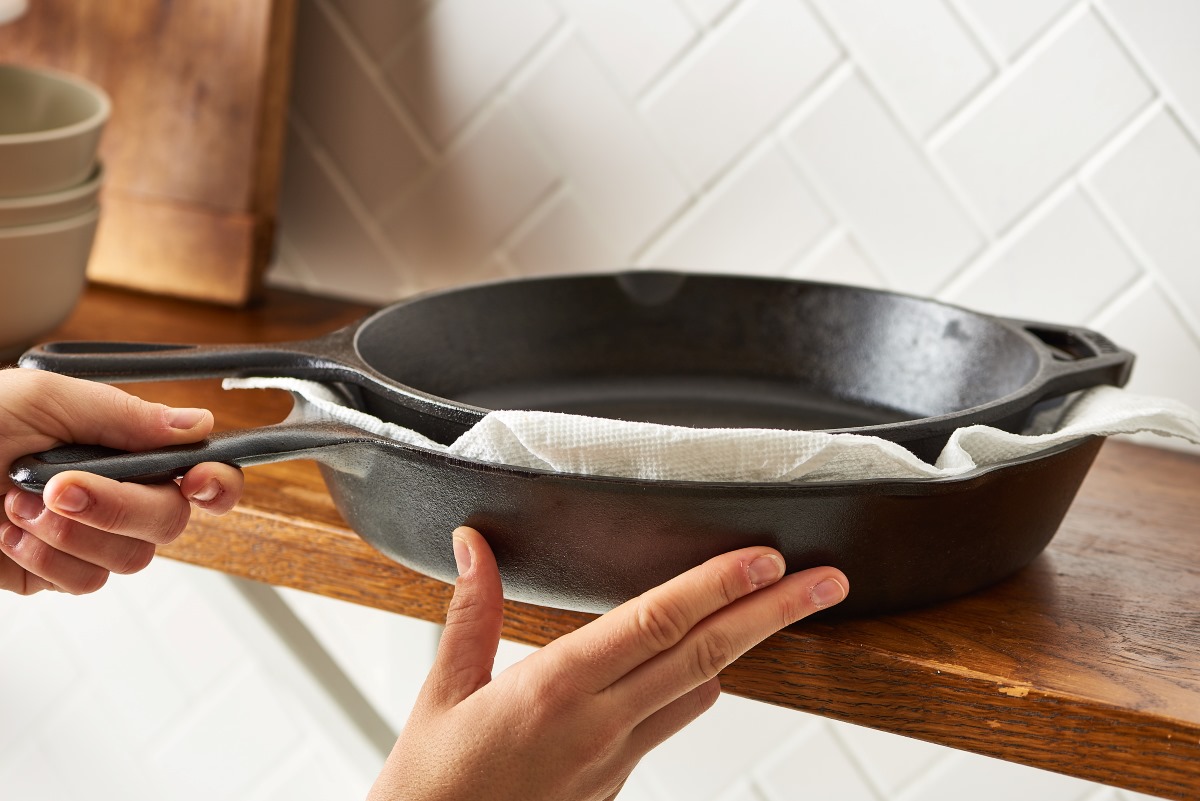

Articles
How To Store A Cast Iron Skillet
Modified: February 28, 2024
Learn the best techniques for storing your cast iron skillet in this informative article. Proper storage methods are essential to prolonging the lifespan of your skillet and preventing rust.
(Many of the links in this article redirect to a specific reviewed product. Your purchase of these products through affiliate links helps to generate commission for Storables.com, at no extra cost. Learn more)
Introduction
Cast iron skillets have long been cherished by cooks and chefs for their exceptional heat retention and distribution, making them a versatile tool in the kitchen. Whether you use your cast iron skillet daily or occasionally, proper storage is essential to ensure its longevity and performance. In this article, we will guide you on how to store a cast iron skillet correctly, protecting it from rust and damage.
Choosing the right storage method and properly caring for your cast iron skillet will not only preserve its quality but also enhance your cooking experience. We will discuss the step-by-step process of cleaning, drying, and applying a thin layer of oil to the skillet before storing it. Additionally, we will highlight common mistakes to avoid and explore alternative storage options if you have limited space or specific preferences.
By following the guidelines provided in this article, you can ensure that your cast iron skillet remains in excellent condition and ready for many delicious meals in the future. Let’s get started!
Key Takeaways:
- Properly storing a cast iron skillet involves choosing the right method, cleaning, drying, and oiling it. Avoid common mistakes and consider alternative storage options to preserve its quality and longevity.
- Whether stored on the stovetop, in the oven, or using alternative methods, proper care and maintenance are crucial for preserving the quality and performance of a cast iron skillet. Avoiding common mistakes and exploring alternative storage options can further enhance its longevity.
Read more: How To Store Cast Iron Skillet
Choosing the Right Storage Method
When it comes to storing a cast iron skillet, it is crucial to choose a method that keeps it protected from moisture and potential damage. Here are a few options to consider:
- On the Stovetop: One of the most convenient and accessible storage methods is to keep your cast iron skillet on the stovetop. This allows for easy access when you need to cook with it while ensuring it is not susceptible to moisture from other utensils or kitchen appliances. Make sure to find a stable and secure spot for the skillet, away from direct heat sources or where it may accidentally be knocked off.
- In the Oven: If you have enough oven space, you can store your cast iron skillet in the oven. Simply clean and dry it thoroughly before placing it in the oven with the lid off or slightly ajar. This method protects the skillet from moisture and keeps it out of the way. Just be cautious when using the oven that you are aware there is a skillet stored inside.
- Using a Bag or Cloth: If you prefer to keep your cast iron skillet separate from the stovetop or oven, consider using a protective bag or cloth to store it. There are specialized cast iron skillet storage bags available that provide reliable protection from moisture. Alternatively, you can use a clean kitchen towel or fabric to wrap the skillet tightly and store it in a cabinet or drawer.
- Wall Mount or Hanging Rack: For those with limited cabinet or counter space, a wall-mounted rack or hanging rack is an excellent storage option. Not only does it keep your cast iron skillet easily accessible, but it also adds a decorative touch to your kitchen. Ensure that the rack is sturdy and can support the weight of the skillet to prevent accidents.
Before deciding on a storage method, assess your kitchen space, accessibility needs, and personal preferences. Choose a storage option that best suits your lifestyle and keeps your cast iron skillet protected.
Cleaning the Cast Iron Skillet
Properly cleaning your cast iron skillet before storage is essential to remove any food particles, residue, and oils that can lead to rust and deterioration. Here’s the step-by-step cleaning process:
- Scrape off any food residue: After each use, use a stiff brush or a plastic scraper to remove any leftover food or debris from the skillet. Avoid using metal utensils or abrasives that can scratch the seasoned surface of the skillet.
- Wash with warm water: Rinse the skillet under warm water, using a mild dish soap if needed. Avoid using harsh detergents or soaking the skillet for an extended period, as this can strip away the seasoning.
- Gently scrub if necessary: For stubborn stuck-on food, you can use a non-abrasive scrub brush or sponge to gently scrub the surface of the skillet. Avoid using steel wool or abrasive materials that can damage the seasoning.
- Rinse thoroughly: Once the skillet is clean, make sure to rinse it thoroughly under warm water to remove any soap residue.
- Dry the skillet: Use a clean towel or paper towel to dry the skillet thoroughly. Ensure that it is completely dry to prevent moisture from causing rust.
Remember, it is essential never to leave your cast iron skillet to air dry or soak it in water for an extended period, as this can lead to rust formation. Instead, always hand dry it promptly after washing.
By following these cleaning steps, you will keep your cast iron skillet in optimal condition and ready for its next use or storage.
Drying the Skillet Properly
After cleaning your cast iron skillet, it is crucial to dry it thoroughly to prevent any moisture from causing rust. Here is how you can ensure your skillet is properly dried:
- Hand drying: Using a clean kitchen towel or paper towels, carefully dry the skillet inside and out. Pay extra attention to the nooks and crannies, making sure to remove any residual moisture.
- Heat drying on the stovetop: Another effective way to dry your cast iron skillet is to place it on the stovetop over low to medium heat. This gentle heat will evaporate any remaining moisture. Make sure to monitor the skillet closely while doing this method to prevent overheating or scorching.
- Oven drying: If you prefer, you can also dry the skillet in the oven. Set your oven to a low temperature, around 200°F (93°C), and place the skillet inside. Leave the oven door slightly ajar to allow moisture to escape. Keep an eye on it to ensure it doesn’t overheat.
Regardless of the drying method you choose, it’s essential to ensure that the skillet is completely dry before proceeding to the next step. Any moisture left on the surface can promote rust, which can damage the skillet over time.
Remember, taking the time to thoroughly dry your cast iron skillet is a critical step in proper maintenance and storage, and it will help to prolong its lifespan.
After cleaning and drying your cast iron skillet, store it in a dry place with a light coating of oil to prevent rust. Avoid stacking other heavy items on top to prevent damage.
Applying a Thin Layer of Oil
After cleaning and drying your cast iron skillet, it’s important to apply a thin layer of oil to protect it from rust during storage. This oil acts as a barrier between the iron surface and moisture in the air. Here’s how you can effectively oil your skillet:
- Choose the right oil: Use a high-smoke-point oil for seasoning your cast iron skillet. Good options include vegetable oil, canola oil, or grapeseed oil. Avoid using oils with low smoke points, such as olive oil, as they can leave a sticky residue or become rancid over time.
- Preheat the skillet: Place the dry skillet on the stovetop over low heat for a few minutes to warm it up. This will open up the pores of the iron and make it more receptive to the oil.
- Apply the oil: Once the skillet is warm, pour a small amount of oil into the center of the skillet. Use a folded paper towel or a clean cloth to spread the oil evenly across the entire cooking surface, including the sides and handle. Be sure to coat both the interior and exterior of the skillet.
- Remove excess oil: After applying the oil, use a fresh paper towel or cloth to wipe off any excess oil. The goal is to have a thin, even layer of oil on the surface of the skillet, not a pool of oil.
By applying a thin layer of oil, you create a protective barrier that prevents moisture from coming into contact with the iron, reducing the risk of rust formation. This simple step will help maintain the seasoning of your cast iron skillet and ensure its longevity.
Remember, before using the skillet again, it’s essential to heat it up to allow the oil to polymerize, creating a natural non-stick surface. This can be done by heating the skillet on the stovetop or in the oven for a few minutes before cooking.
Avoiding Common Mistakes
When it comes to storing a cast iron skillet, there are a few common mistakes to avoid to ensure its longevity and performance:
- Leaving the skillet wet: One of the biggest mistakes you can make is storing your cast iron skillet while it is still wet. Moisture can lead to rust formation, compromising the integrity of the skillet. Always make sure to thoroughly dry the skillet after cleaning.
- Using harsh cleaning agents: Avoid using harsh detergents, abrasive scrub brushes, or steel wool when cleaning your cast iron skillet. These can strip away the seasoned layer and damage the surface. Stick to gentle dish soap and non-abrasive brushes or sponges for cleaning.
- Skipping the oiling step: Applying a thin layer of oil is crucial for maintaining the seasoning and protecting the cast iron skillet during storage. Skipping this step can lead to rust and deterioration over time. Take the time to oil your skillet before putting it away.
- Storing the skillet with the lid on: It’s best to store your cast iron skillet without the lid. The lid can trap moisture inside, leading to rust. If you must store the skillet with the lid, place a paper towel or cloth between the lid and skillet to allow air circulation.
- Storing the skillet in a damp environment: Avoid storing your cast iron skillet in a damp or humid area, such as under the sink or in a basement. Moisture in the air can promote rust formation. Instead, choose a dry location with good airflow.
- Stacking heavy objects on top: Avoid stacking heavy objects on top of your cast iron skillet during storage, as this can lead to dents or damage. Treat the skillet with care and store it in a way that protects it from accidental impact.
By avoiding these common mistakes, you can ensure that your cast iron skillet remains in excellent condition and ready for use whenever you need it.
Alternative Storage Options
If you have limited space or prefer alternative storage methods for your cast iron skillet, there are a few options to consider:
- Cast Iron Skillet Rack: Invest in a cast iron skillet rack or organizer that is specifically designed to hold multiple skillets. These racks are usually compact and can be placed on the countertop or hung on the wall. They not only provide a safe and convenient storage solution but also add a decorative touch to your kitchen.
- Drawer Organizer: If you prefer to store your cast iron skillet in a drawer, opt for a drawer organizer with dividers. This will help keep your skillets organized and prevent them from scratching or damaging one another. Make sure the drawer is large enough to accommodate the size of your skillet.
- Customized Hooks or Pegboard: Install hooks or a pegboard on the wall of your kitchen to hang your cast iron skillet. This method not only saves space but also allows you to display your skillets in an aesthetically pleasing way. Make sure the hooks or pegboard are sturdy enough to support the weight of the skillet.
- Magnetic Strip: Another space-saving option is to use a magnetic strip to store your cast iron skillet. Mount the strip on a wall or inside a cabinet, and attach the skillet to it using its magnetic properties. This method keeps the skillet easily accessible while freeing up counter or cabinet space.
Remember to clean, dry, and oil your skillet before storing it, regardless of the alternative storage method you choose. Proper maintenance and storage are key to preserving the quality and performance of your cast iron skillet.
Consider your kitchen layout, available space, and personal preferences when selecting an alternative storage option that best suits your needs.
Conclusion
Properly storing your cast iron skillet is essential for maintaining its quality and extending its lifespan. By choosing the right storage method, cleaning the skillet thoroughly, drying it properly, and applying a thin layer of oil, you can protect it from rust and damage. Avoiding common mistakes and exploring alternative storage options can further enhance the longevity of your skillet.
Remember to choose a storage method that suits your kitchen space and preferences. Whether you opt for storing it on the stovetop, in the oven, using a bag or cloth, or utilizing a wall mount or hanging rack, ensure that your skillet is protected from moisture and stored securely.
The cleaning process involves scraping off food residue, washing with warm water, gently scrubbing if necessary, rinsing thoroughly, and drying the skillet completely. Proper drying is crucial to prevent moisture from causing rust, and it can be done by hand drying, heat drying on the stovetop, or oven drying.
Applying a thin layer of oil to your clean and dry skillet creates a protective barrier against rust during storage. Choose the right oil, preheat the skillet, evenly apply the oil, and remove any excess for optimal results.
Avoiding common mistakes, such as leaving the skillet wet, using harsh cleaning agents, skipping the oiling step, storing with the lid on, storing in a damp environment, or stacking heavy objects on top, will help maintain your skillet’s integrity.
If you have limited space or prefer alternative storage methods, consider options such as cast iron skillet racks, drawer organizers, customized hooks or pegboards, or magnetic strips. These storage solutions can save space while keeping your skillets organized and easily accessible.
By following these guidelines and maintaining proper care, your cast iron skillet will continue to deliver exceptional cooking performance and be a cherished tool in your kitchen for years to come.
Frequently Asked Questions about How To Store A Cast Iron Skillet
Was this page helpful?
At Storables.com, we guarantee accurate and reliable information. Our content, validated by Expert Board Contributors, is crafted following stringent Editorial Policies. We're committed to providing you with well-researched, expert-backed insights for all your informational needs.
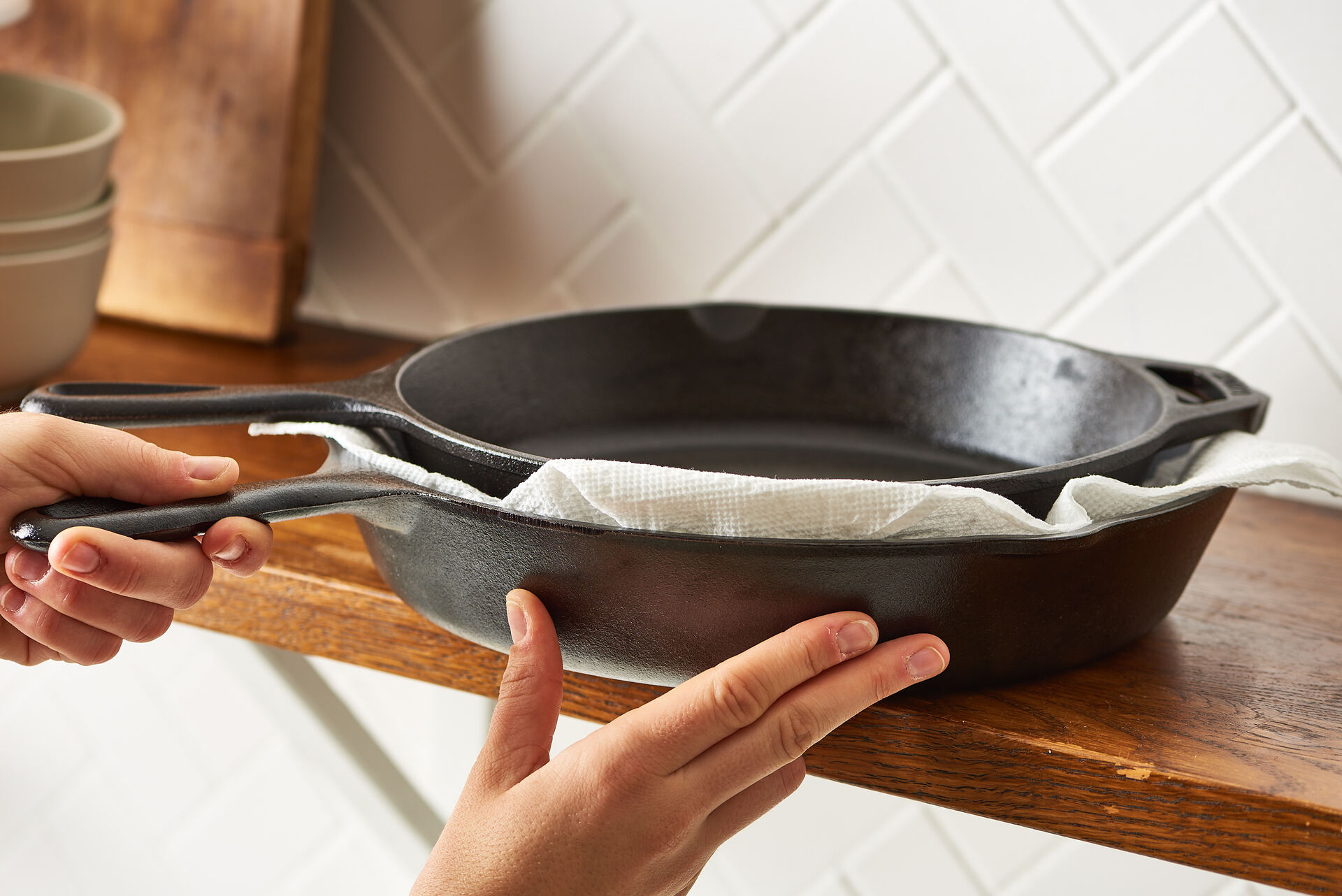
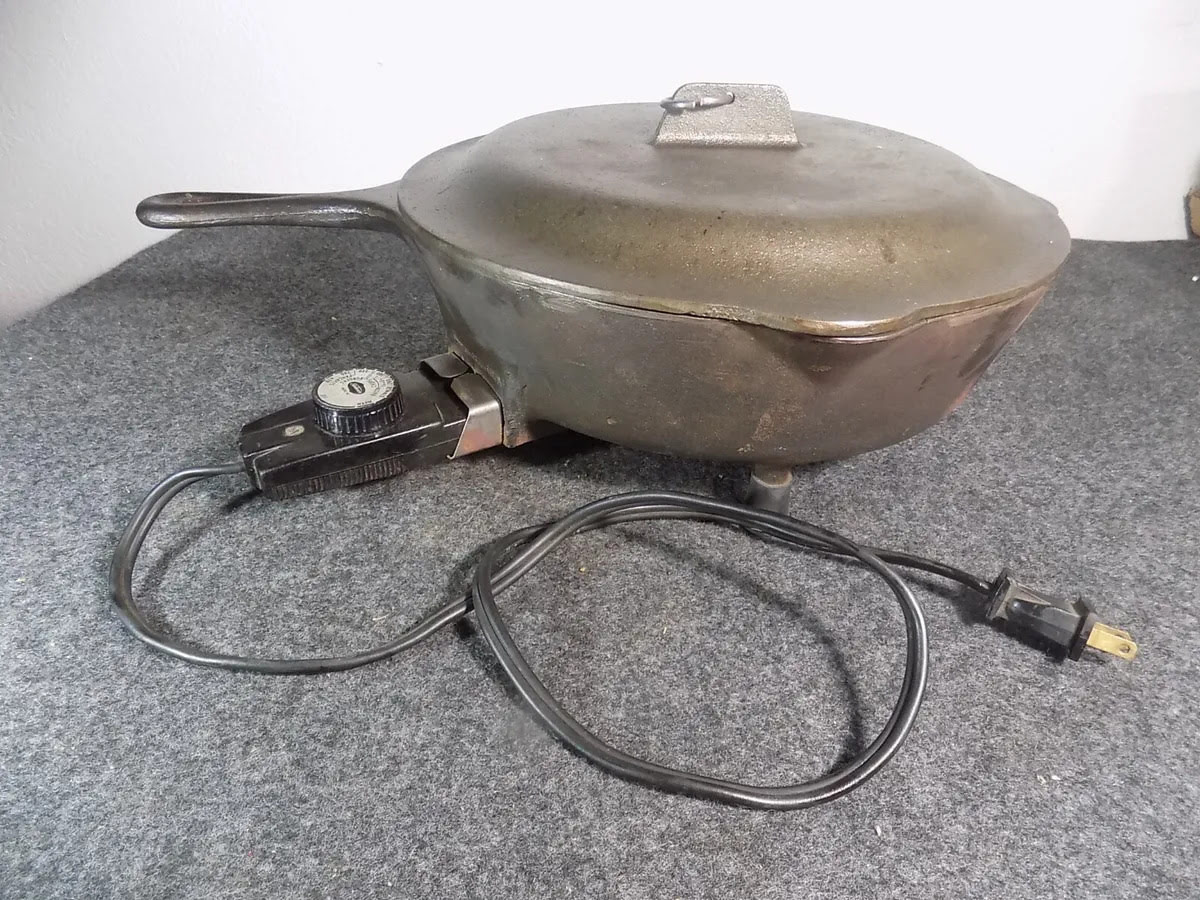
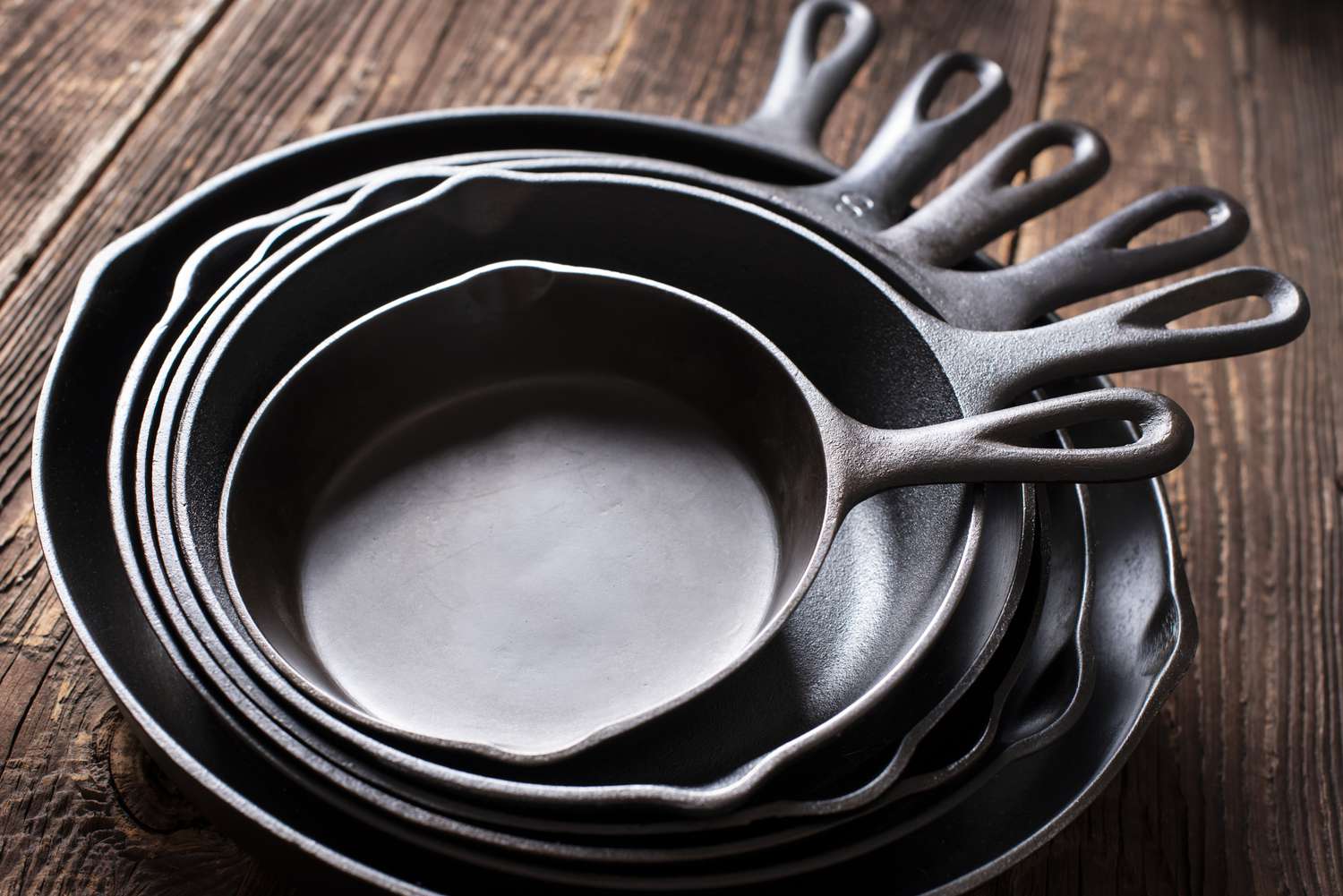
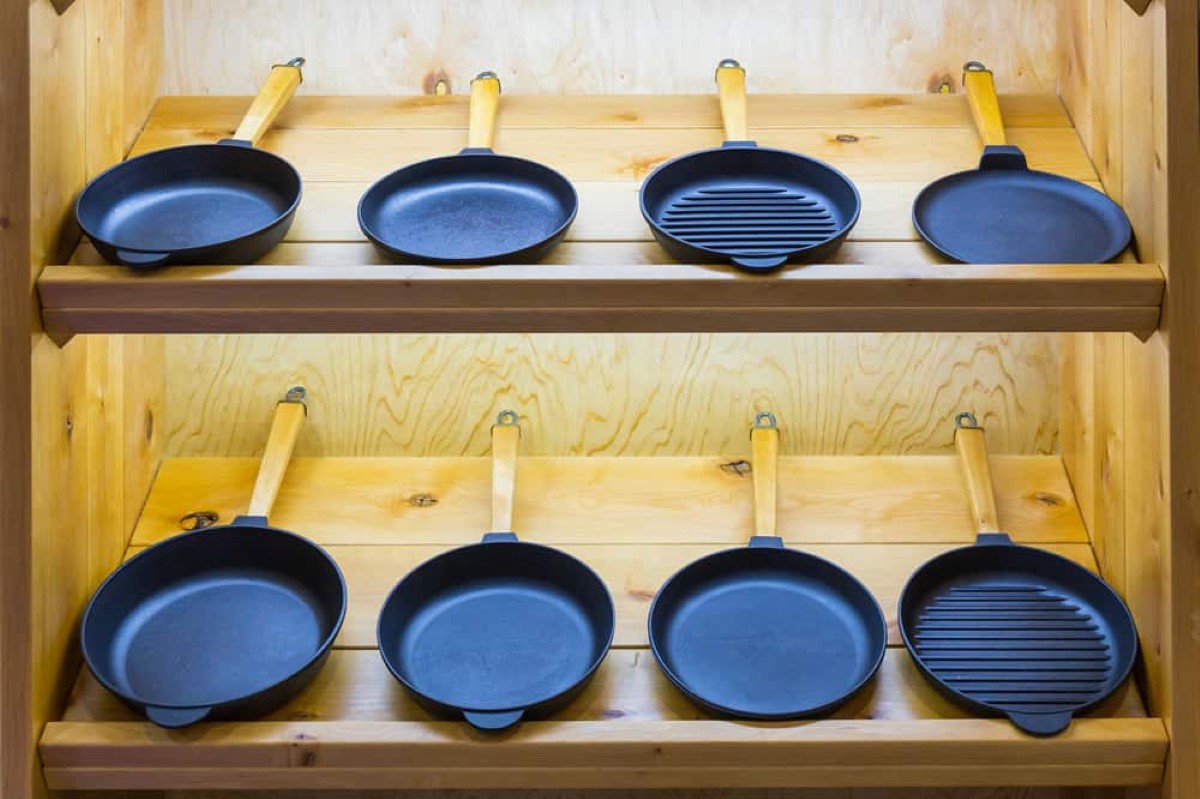
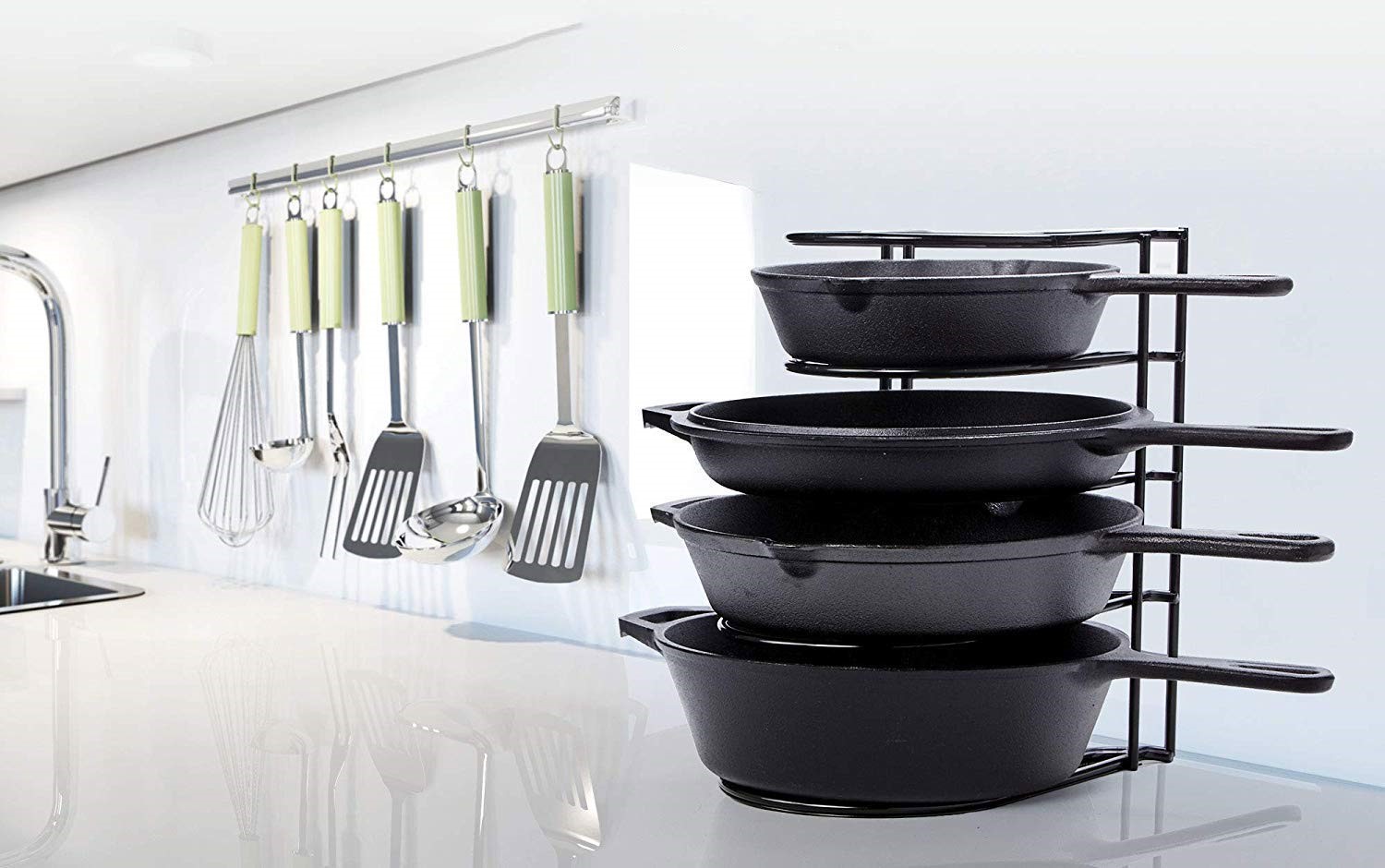
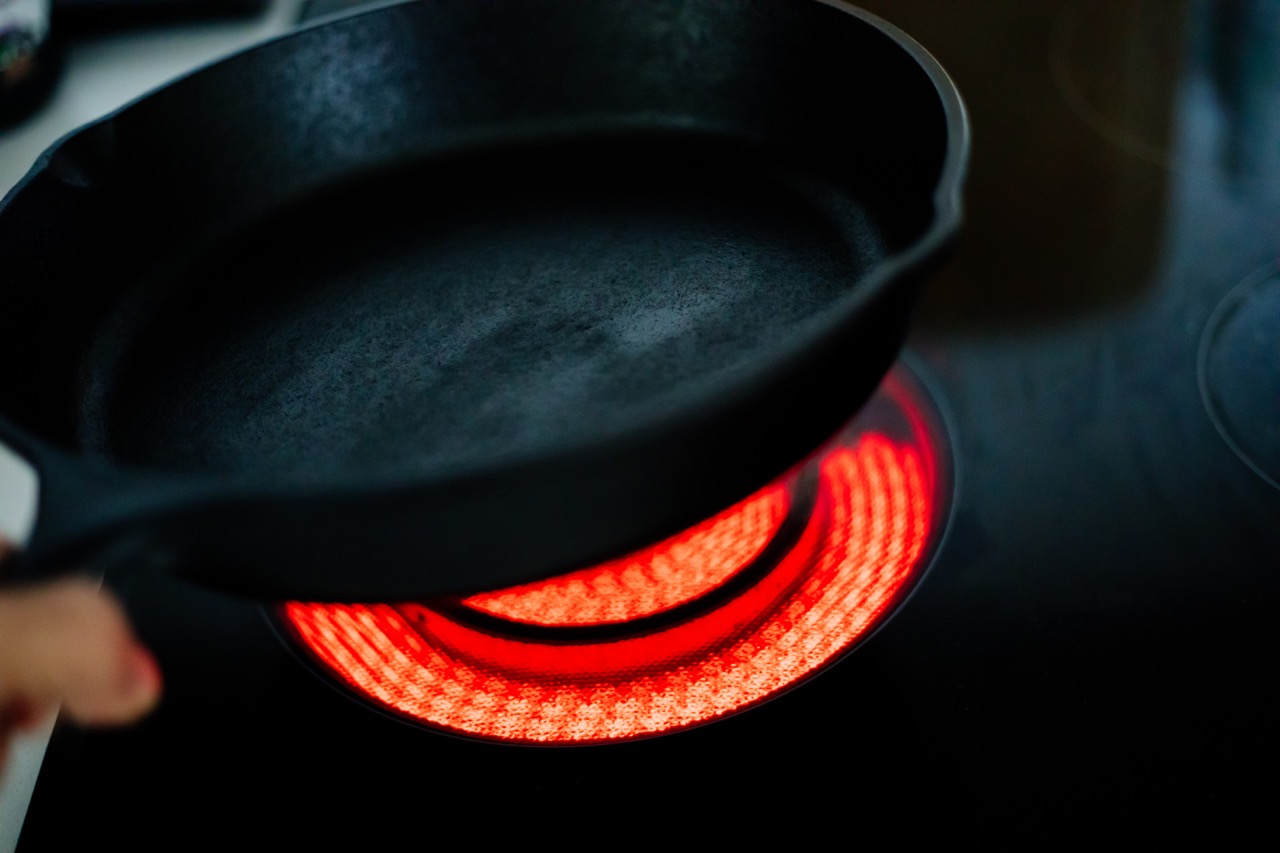
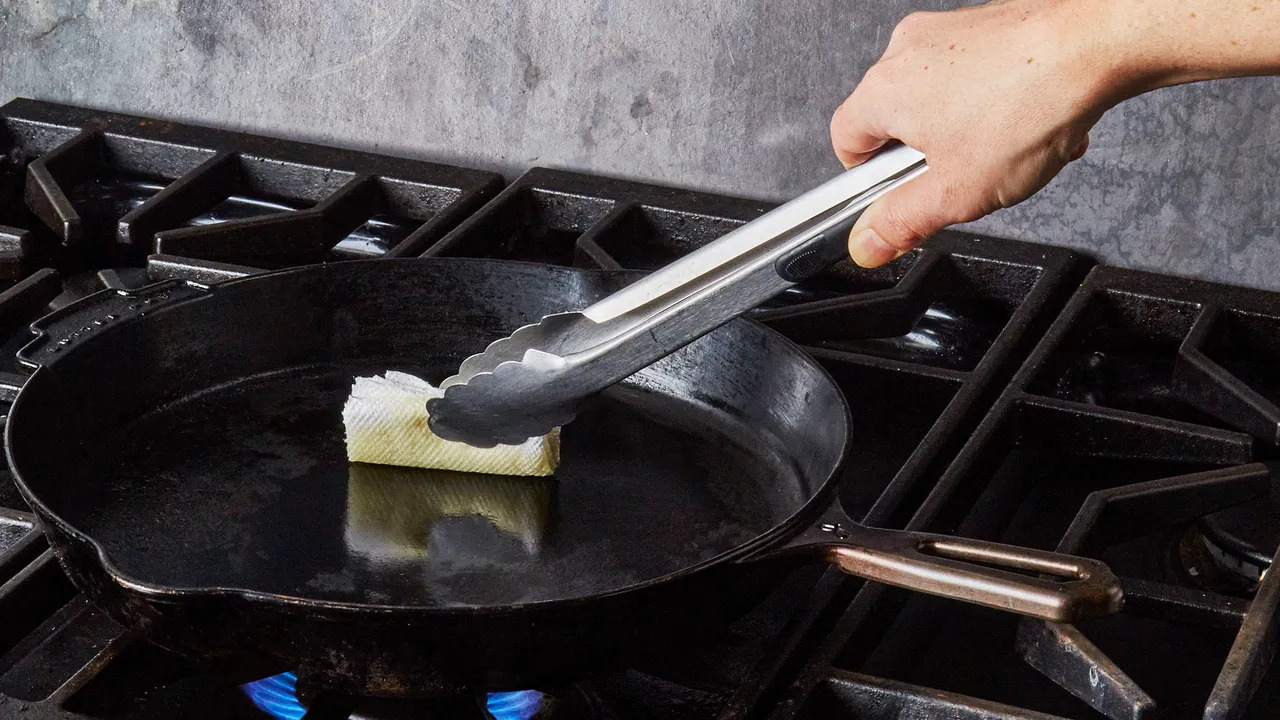
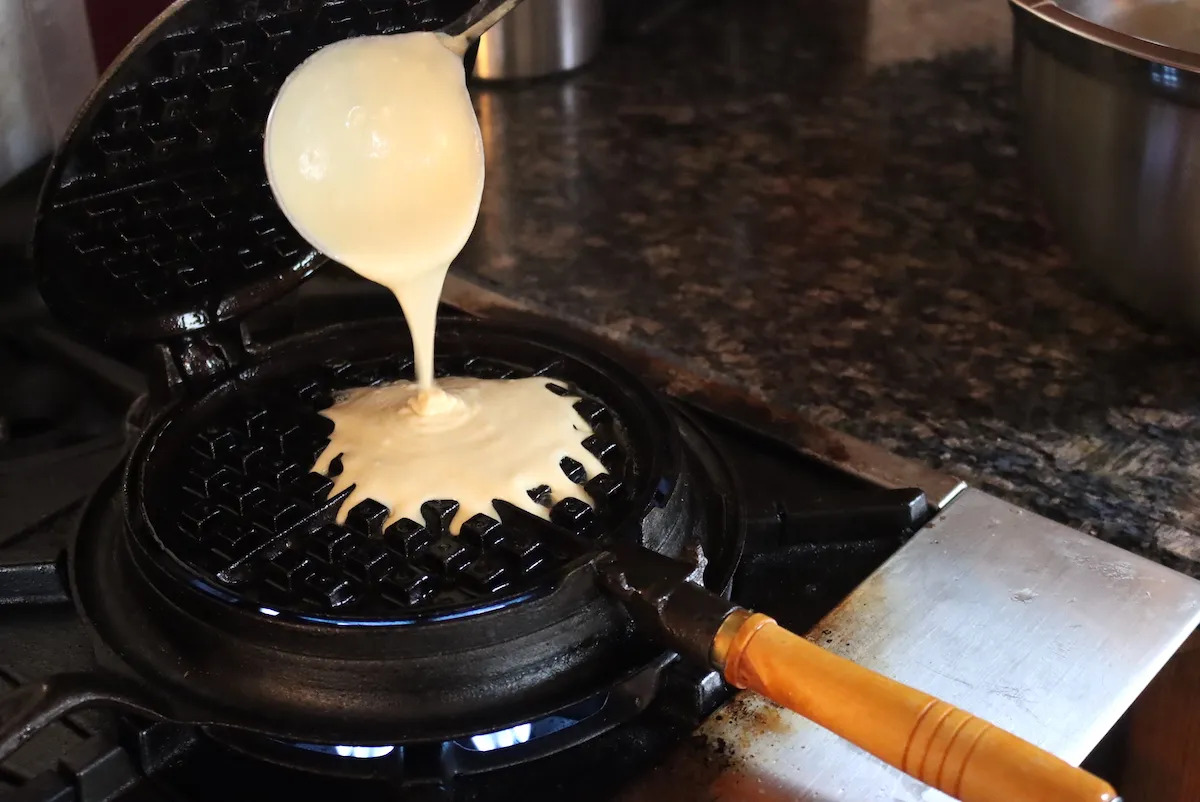
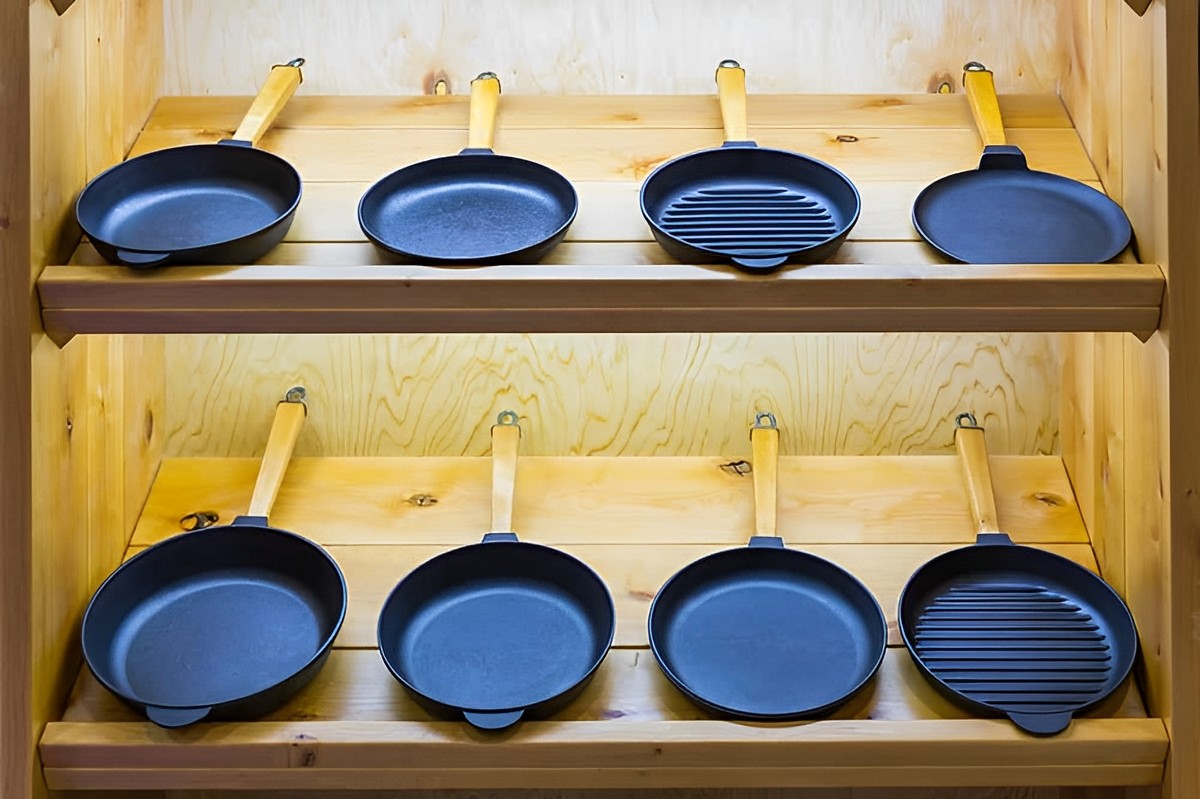
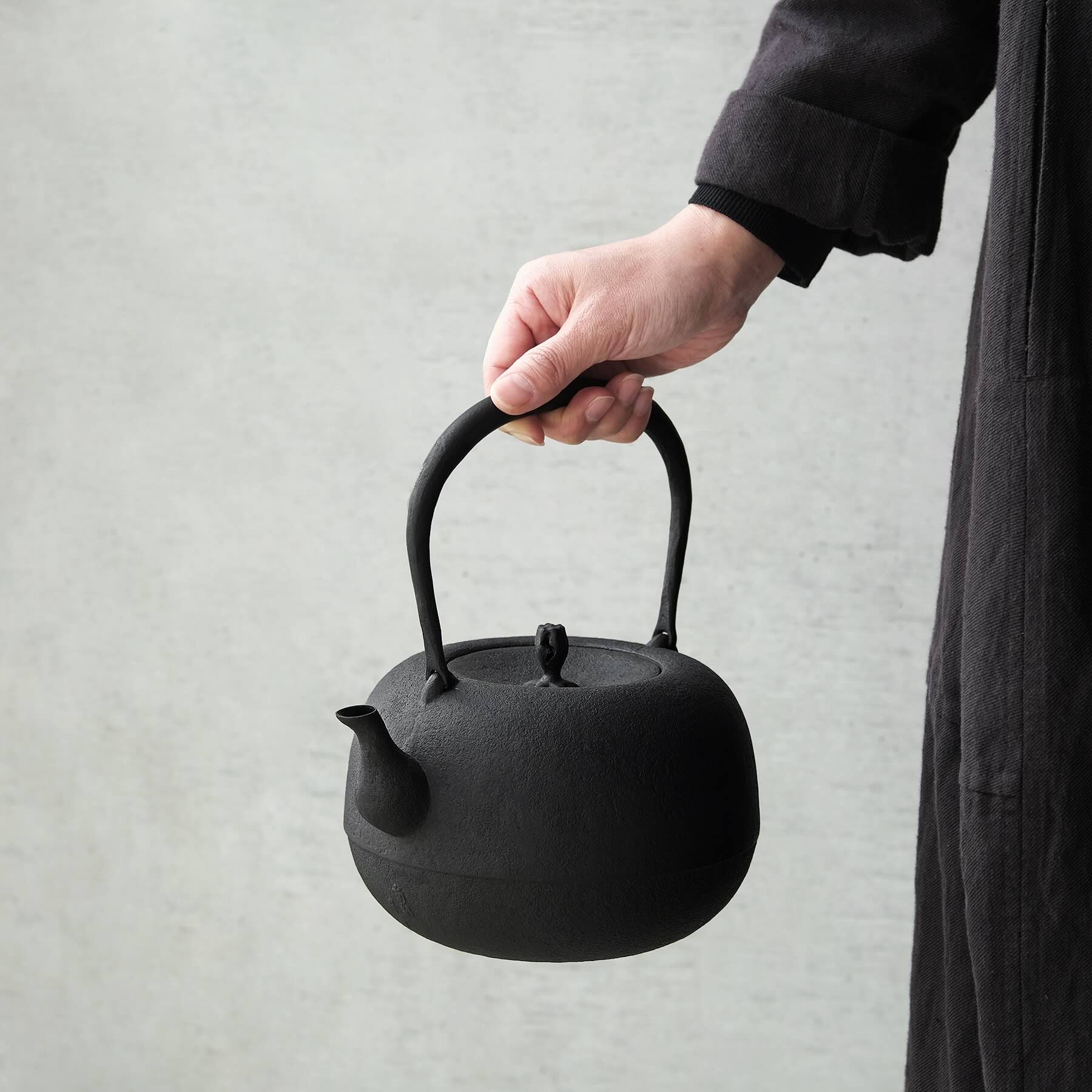
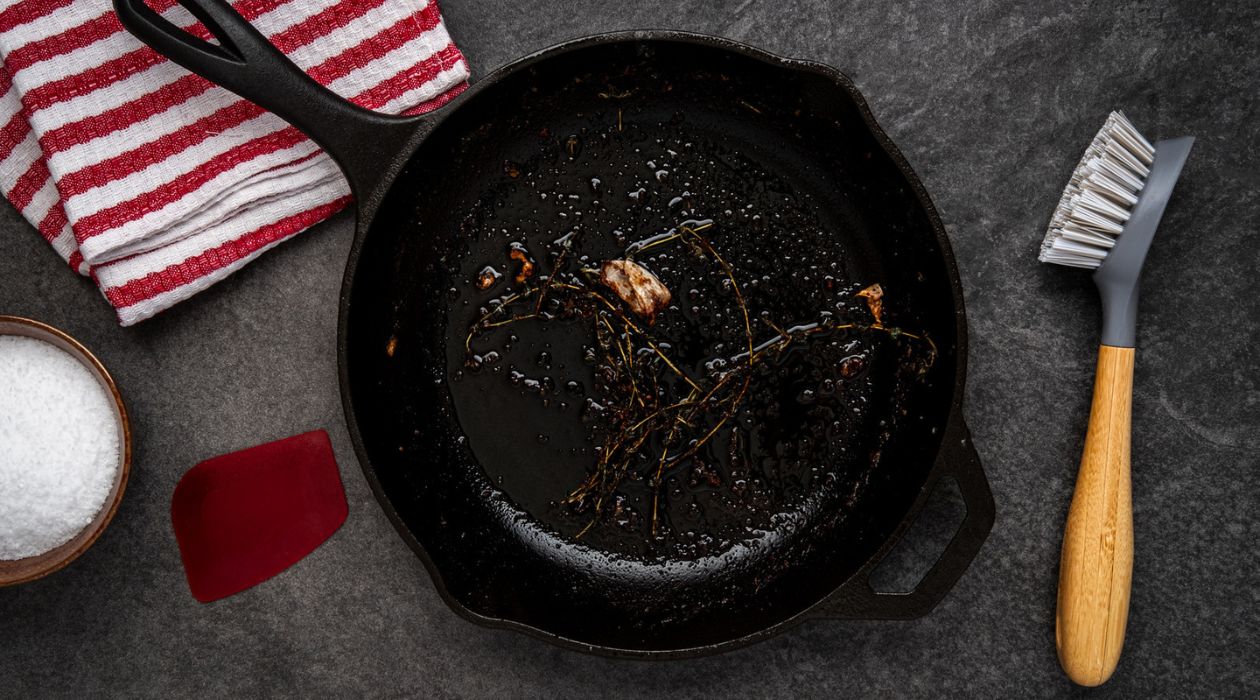
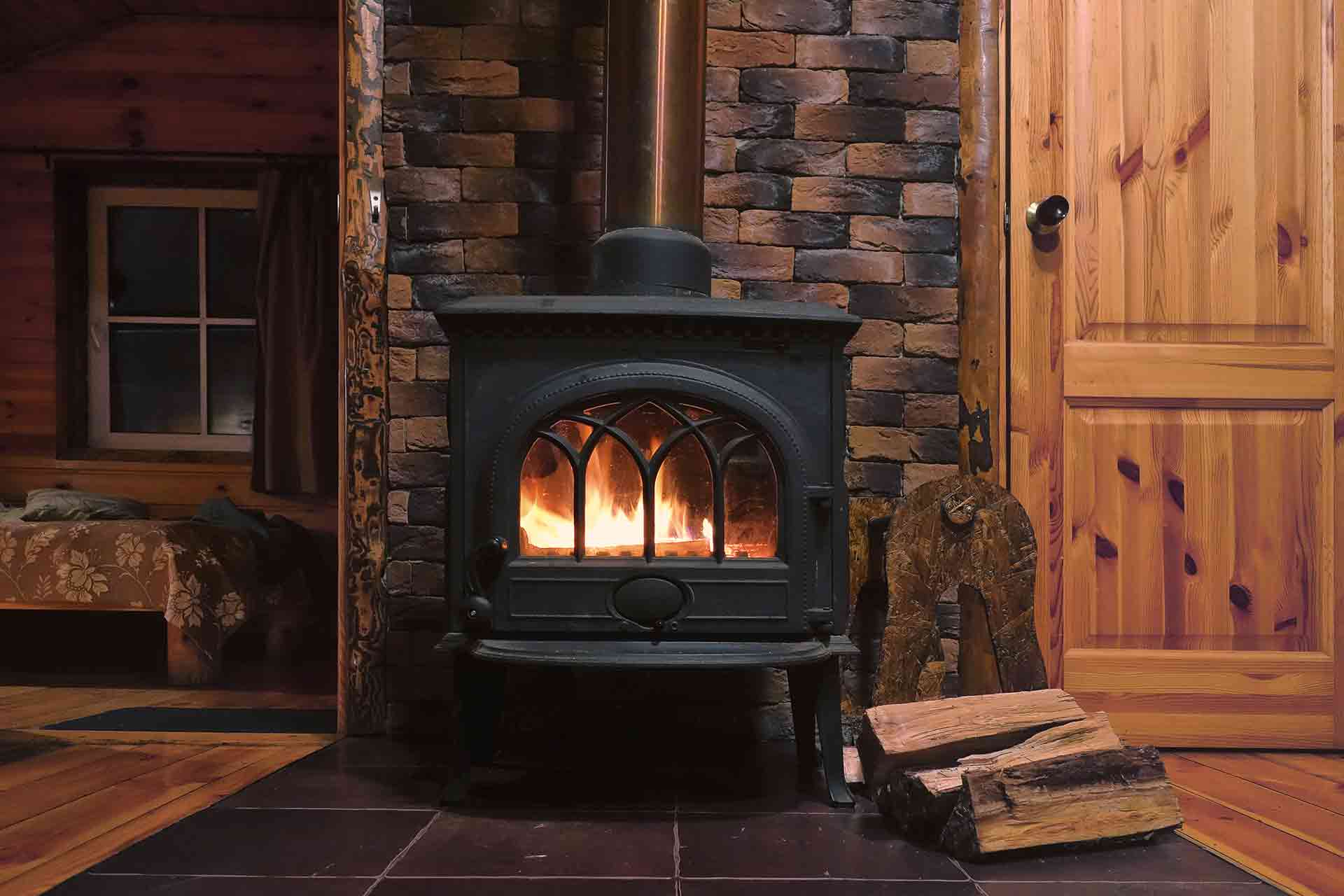
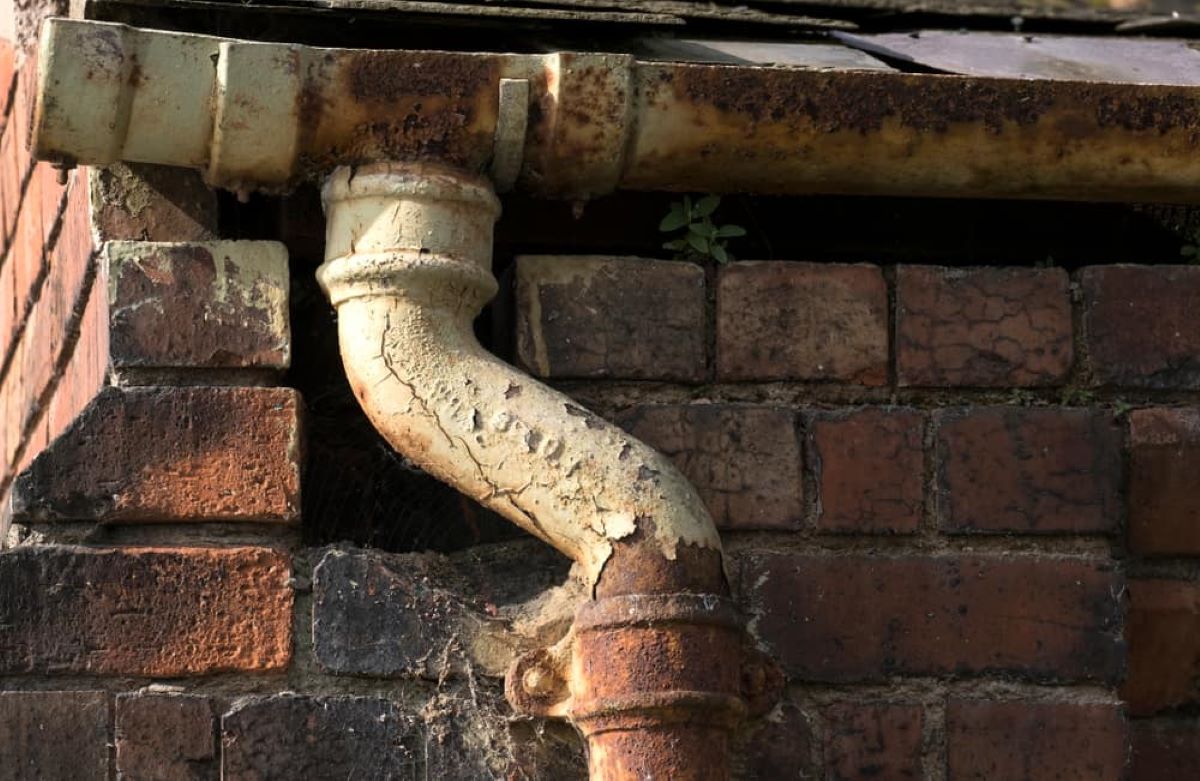
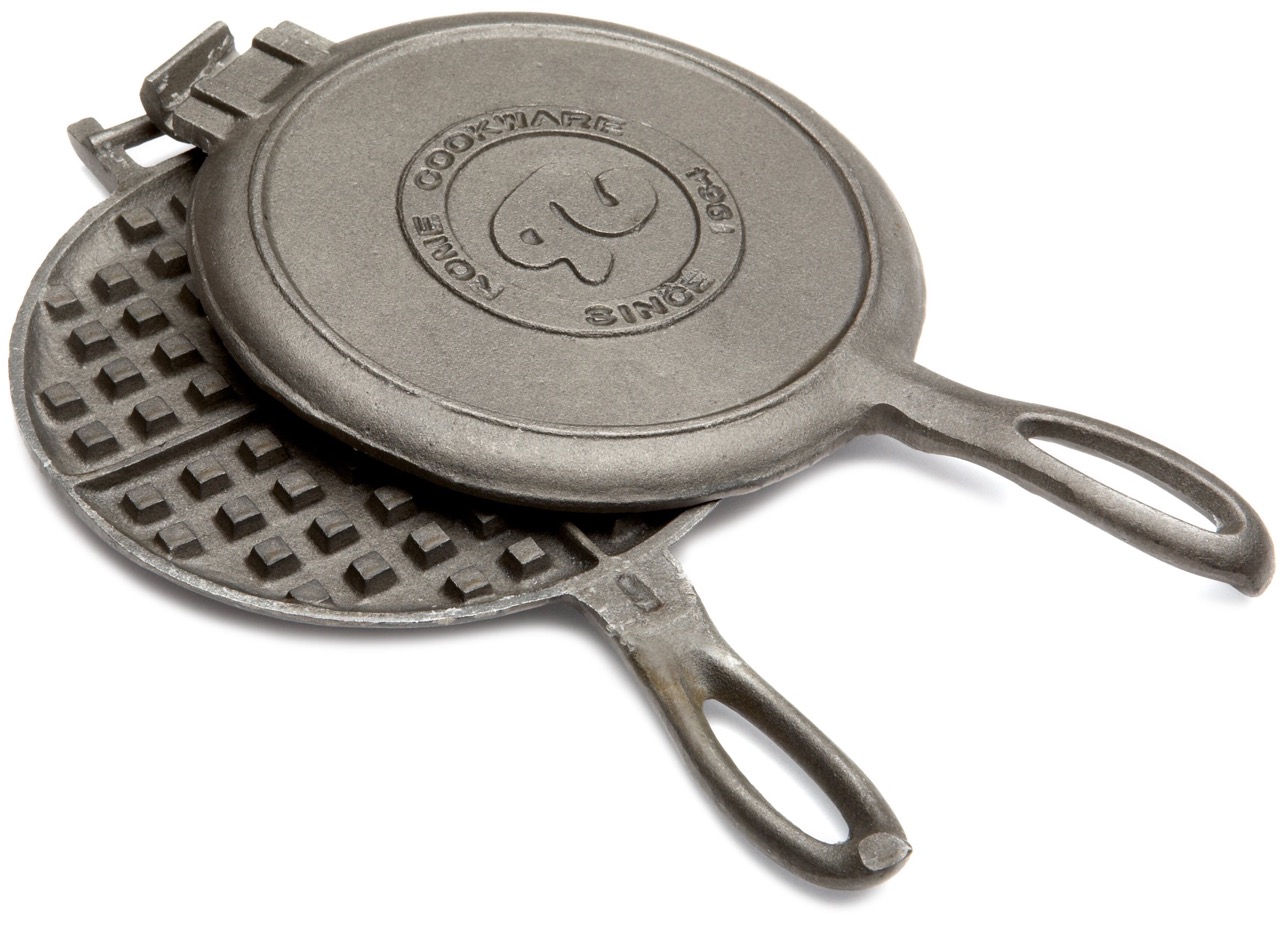

0 thoughts on “How To Store A Cast Iron Skillet”